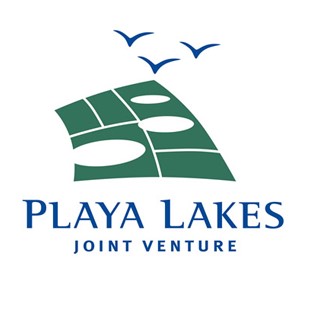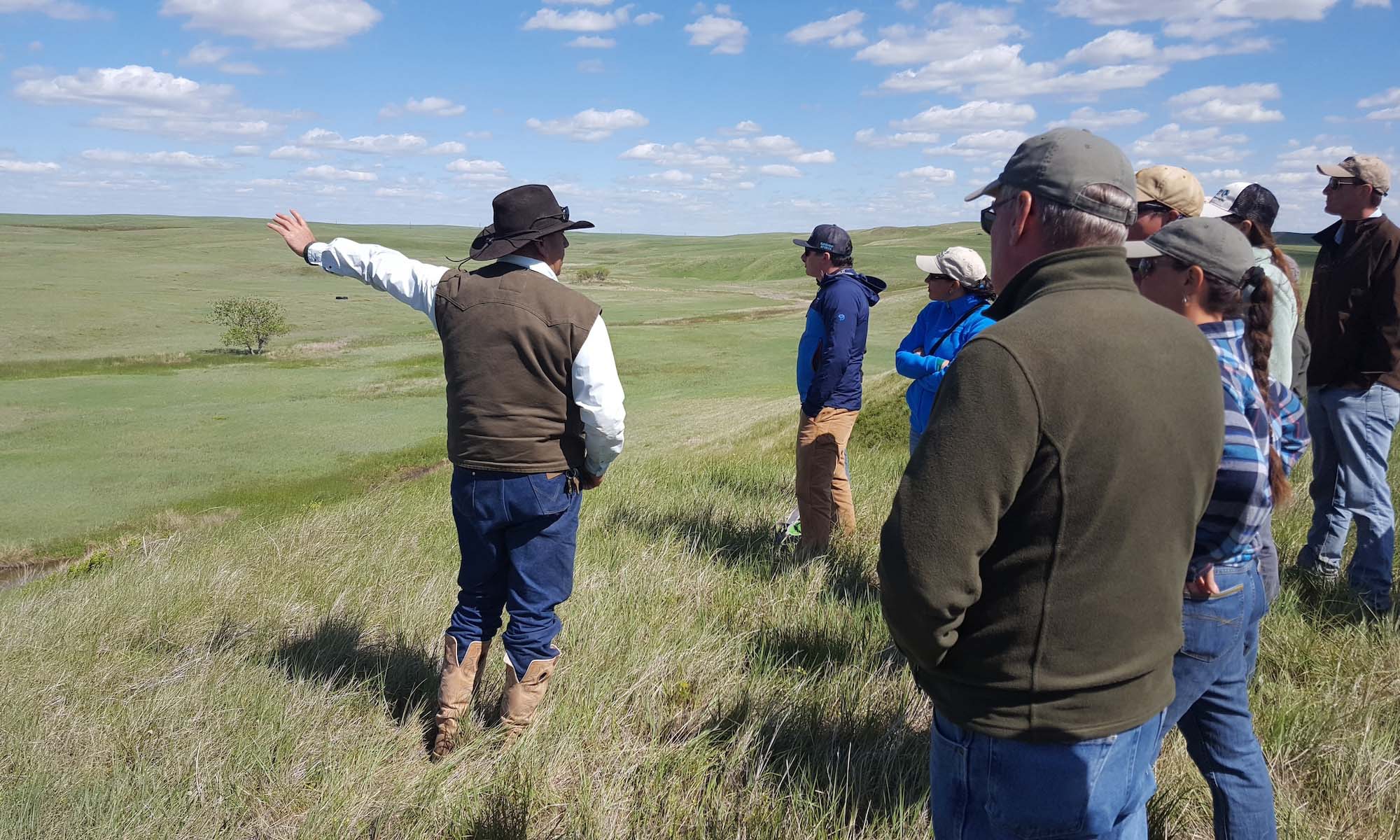
Playa Lakes Joint Venture
Land Protection
PLJV’s protection total of potentially undisturbed lands (PUDL) is currently 1.19%. PLJV have established a stretch goal of 5% which will entail enrolling an additional 1.8M acres over the next 10 years. PLJV will reach this goal through a capacity grant program supporting the work, with agriculture and state-based land trusts each working to conserve about 35,000 acres per year. Thus far, Kansas Ranchlands Trust, New Mexico Land Conservancy, Texas Agricultural Land Trust, and Colorado Cattleman’s Agriculture Land Trust are participating. PLJV directs its ConocoPhillips grant each year plus some of its JV operations grant at about $120,000 per year to this program.
5-year acres: 735,000 acres with 6 land trusts.
5-year cost: with 6 land trusts is approximately $600,000. Time to reach 5% (1,785,000 acres) is 10 years at $1.2 million
Grassland Restoration
CRP is a priority conservation program for PLJV and its partners. PLJV has described a CRP lifecycle project for their region. The start of the lifecycle is grassland restoration through CRP enrollment. PLJV have determined that an additional 8 million acres of CRP need to be enrolled over the next 10 years to meet grassland bird objectives in their region.
5-year acres: 4 million acres.
5-year cost: Depends on an increased Congressional allocation of CRP acres and would be in the range of $800 million. Or ~$1.6 trillion over the life of a 10-year contract.
Removal of cedar and other woody encroachment in areas with >5% canopy cover can also be used to restore grasslands in this landscape. The overall goal is to remove 362,280 acres with a canopy cover greater than 5% over the next 30 years.
5-year tree removal acres: 60,380
5-year tree removal cost: $3,622,800
Grassland Enhancement/Management
PLJV has developed a program entitled CRP Lifecycle. While fields are under a CRP contract, they must be managed, within the confines of CRP program rules, to remain as high-quality grasslands without woody plant encroachment. The current 7.1 million acres of CRP in addition to the 8 million acres that need to be enrolled should all be managed for high-quality grassland.
5-year acres: 11.1 million acres
5-year cost: $440 million
Management of woody plant encroachment – currently more than 11 million acres of grasslands are estimated to be lost due to woody plant encroachment and the published estimated loss rate is ~2%/year. Several partnerships are addressing woody plant encroachment within the region, such as Restore NM in southeast NM and USFWS Partners for Fish and Wildlife (PFW) programs in the Red Hills in Kansas. These programs treat approximately XX acres and YY acres, respectively every year. Efforts like these need to be scaled up to address the magnitude of the problem.
5-year acres: 5.5 million acres.
5-year cost: $28 million
Grassland Persistence/Retention
Under the CRP Lifecycle project, another step is retaining acres once the contracts have expired. Between 2021-2025, contracts for ~871,000 are set to expire. Research fromillionVirginia Tech indicates that not all the acres are immediately converted to cropland. Retention rates were highest right after contract expiration and declined over 5 years (the length of the study). If we apply these numbers, approximately 210,000 acres of expired CRP will be converted back to cropland in that time (2021-2025). To meet grassland bird conservation goals, we need to retain all CRP acres in the region.
5-year acres: 210,000 acres
5-year cost: $8.4 million
Wetland Conservation
PLJV estimates that it can currently support the stepped-down continental objective from the North American Waterfowl Management Plan, but is deficient to support shorebirds. They have a goal to maintain the current acres of non-playa wetlands in a condition suitable for waterfowl and shorebirds. The playa restoration goal is to restore enough playa acres in counties over the aquifer such that 50% of the drinking water needs can be provided from recharge through playas.
5-year acres: 1.1 million acres of non-playa wetlands, 200,000 acres of playas.
5-year cost: ~$40 million

